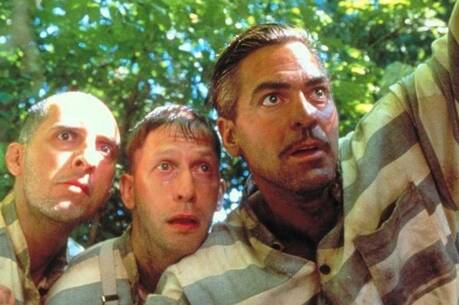The U.S. Supreme Court Justices left their fellow citizens plenty to think about when they adjourned last month amid a crescendo of significant decisions. In three of those cases, the court decided some sharply focused constitutional issues without coming anywhere near to wrapping up the profound moral and social questions underlying those legal specifics.
Abortion is the most important of those problems; the other two are current aspects of the historic "school question," which itself has two parts: What is the relation of the public school to religion, and what is the relation of the church-affiliated school to the state?
In 19th-century New England, and in many Southern towns until quite recently, it was taken for granted that prayers, Bible readings and ethical lessons grounded in a Christian worldview would be part of the public school day. Since the Civil War, however, the public schools, especially in the large pluralistic cities, have gradually become "neutral" toward religion. They have aimed at maintaining what U.S. Supreme Court Justice Wiley B. Rutledge, in his dissent from a 1947 decision allowing public busing for parochial-school children, approvingly called a "wholly secular atmosphere."
Many Americans think this neutrality is just fine. Many others agree with President Clinton, who five years ago this month said, "The First Amendment does notI will say againdoes not convert our schools into religion-free zones."
Officials of a school district near Galveston, Tex., thought they were adopting a legally acceptable policy when they permitted student-led prayers at football games. On June 19, however, the court by a 6-to-3 vote ruled this practice unconstitutional. It "has the improper effect," said Justice John Paul Stevens in his opinion for the majority, "of coercing those present to participate in an act of religious worship."
In his dissent, Chief Justice William H. Rehnquist said the court’s opinion "bristles with hostility to all things religious in public life." But this will not stop many parents and educators from continuing to search for constitutional ways in which public schools can accommodate, or at least allow, what Mr. Clinton called "religious expression."
The relation of the state to the church-affiliated school also continues to evolve. Seventy years ago it was widely supposed that these schools had an inflexible twofold immunity. They were immune from state suppression and immune from any public support. Nowadays, these schools argue that since they contribute to the general welfare and are the choice of taxpaying parents, they have an equal right to public aid. Advocates of vouchers would add "and a right to equal aid."
All that was in the air on June 28 when the court in a 6-to-3 decision ruled that it is constitutional to supply the private schools, including church-related ones, in Jefferson Parish, La., with federally funded computers and library and media materials. That ruling corrected the injustice of two decisions that had banned similar programs in the 1970’s.
Writing for himself and three of his colleagues, Justice Clarence Thomas pointed out that furnishing computers does not amount to establishing a religion. It is a form of neutral aid "based on the private choices of the parents of schoolchildren."
Proponents of vouchers were cheered by that conclusion, but they should not be too sanguine. Justices Sandra Day O’Connor and Stephen G. Breyer made it clear that they agreed with the judgment but opposed the "expansive scope" of Justice Thomas’s plurality opinion. Yet whatever the future of vouchers may be, there is little doubt that the story of public aid to religious schools is not yet over.
Neither is the dark and terrible story of abortion in this country. For all practical purposes, Roe v. Wade made abortion on demand legal in 1973. The states, however, retained the right to make some regulations, and 30 of them, including Nebraska, had banned the procedure known as "partial-birth abortion." Justice Antonin Scalia calls it "live-birth abortion," and in fact it is infanticide.
On June 28 the court by a 5-to-4 vote struck down the Nebraska statute for two reasons. It did not make an exception for a woman’s health, and it effectively criminalized other more common forms of second- and third-trimester abortion. Of course, the court might have reflected that those other procedures also deserve to be banned, but it did not. Nor did it end the national debate on abortion. The last word in a particular court case is not the last word on a great moral issue.







